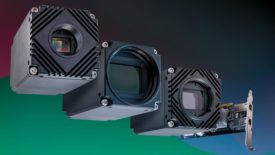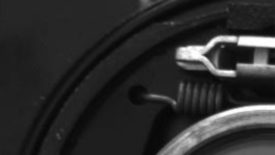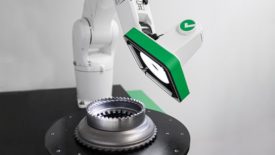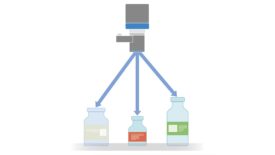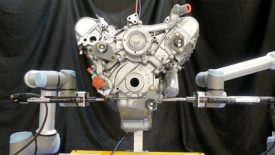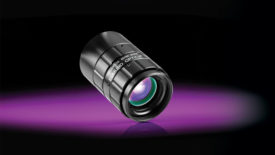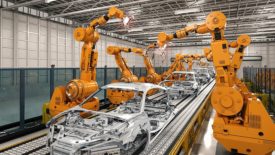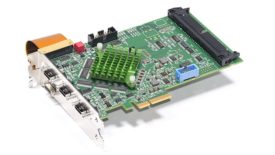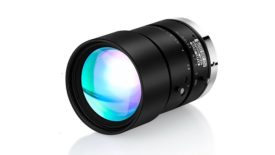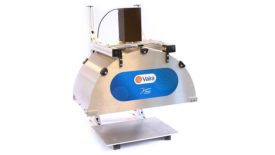Vision & Sensors
Vision & Sensors | Camera Interfaces
High-speed, Maximum Reliability
Read More
Vision & Sensors | Image Analysis
Image Analysis in Machine Vision
Neural net machine vision image analysis has made rapid advances in recent years.
February 1, 2024
Software
AI and Automation Technologies Converge to Simplify Automated Visual Inspection
Machine vision, AI, robotics, and intelligent inspection planning technologies working in synergy help democratize industrial automation systems.
December 29, 2023
Vision & Sensors | Lighting
Liquid Lenses and Cameras: Unmatched Control over Optical Parameters
Learn more about liquid lens technology.
December 28, 2023
Vision & Sensors | Machine Vision 101
A Quick Guide to Choosing Machine Vision for Collaborative Applications
What are the main considerations to keep in mind?
December 27, 2023
Vision & Sensors | Lighting
The Power of SWIR Illumination and Imaging
SWIR illumination and imaging unlock powerful new ways of differentiating materials that look similar under visible light.
December 11, 2023
Vision & Sensors | Software
Using machine vision without prior programming skills
Most industrial sectors today rely on a very high degree of automation in their value chains.
December 8, 2023
Vision & Sensors | Standards
Camera Link Proves the More Machine Vision Changes, the More it Stays the Same
With so many interfaces available, why is Camera Link still viable?
December 6, 2023
Vision & Sensors | Trends
What Drives the Trends in Machine Vision
Machine vision continues to grow somewhat faster than the GDP.
December 1, 2023
Vision & Sensors | Trends
Making Vision and AI Easier for Users
Vision and AI can play a substantial role in reducing manufacturing costs and risk around manual and semi-automated processes.
December 1, 2023
Stay in the know with Quality’s comprehensive coverage of
the manufacturing and metrology industries.
eNewsletter | Website | eMagazine
JOIN TODAY!Copyright ©2025. All Rights Reserved BNP Media.
Design, CMS, Hosting & Web Development :: ePublishing
